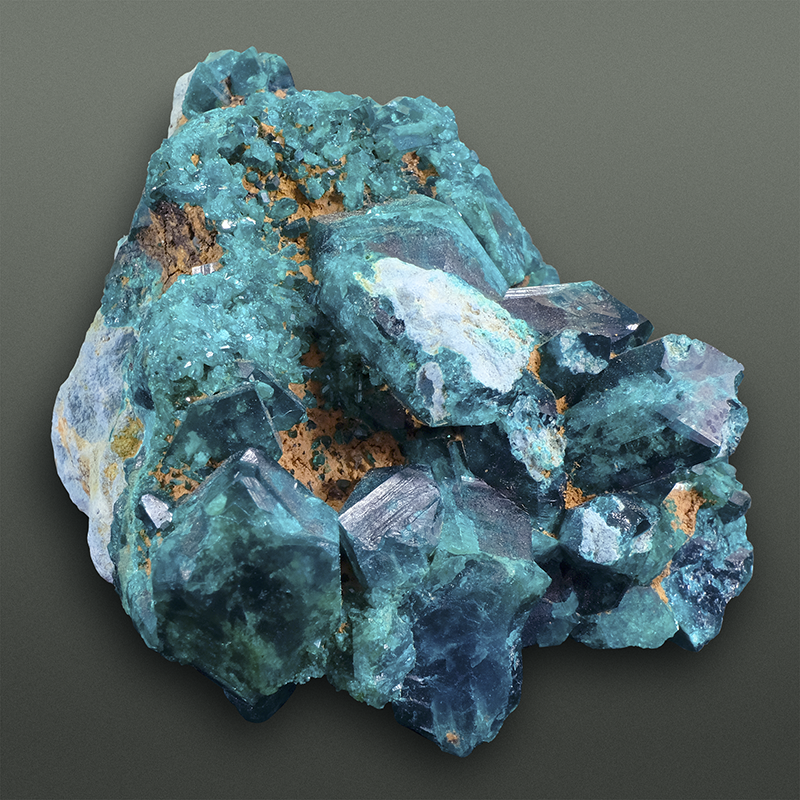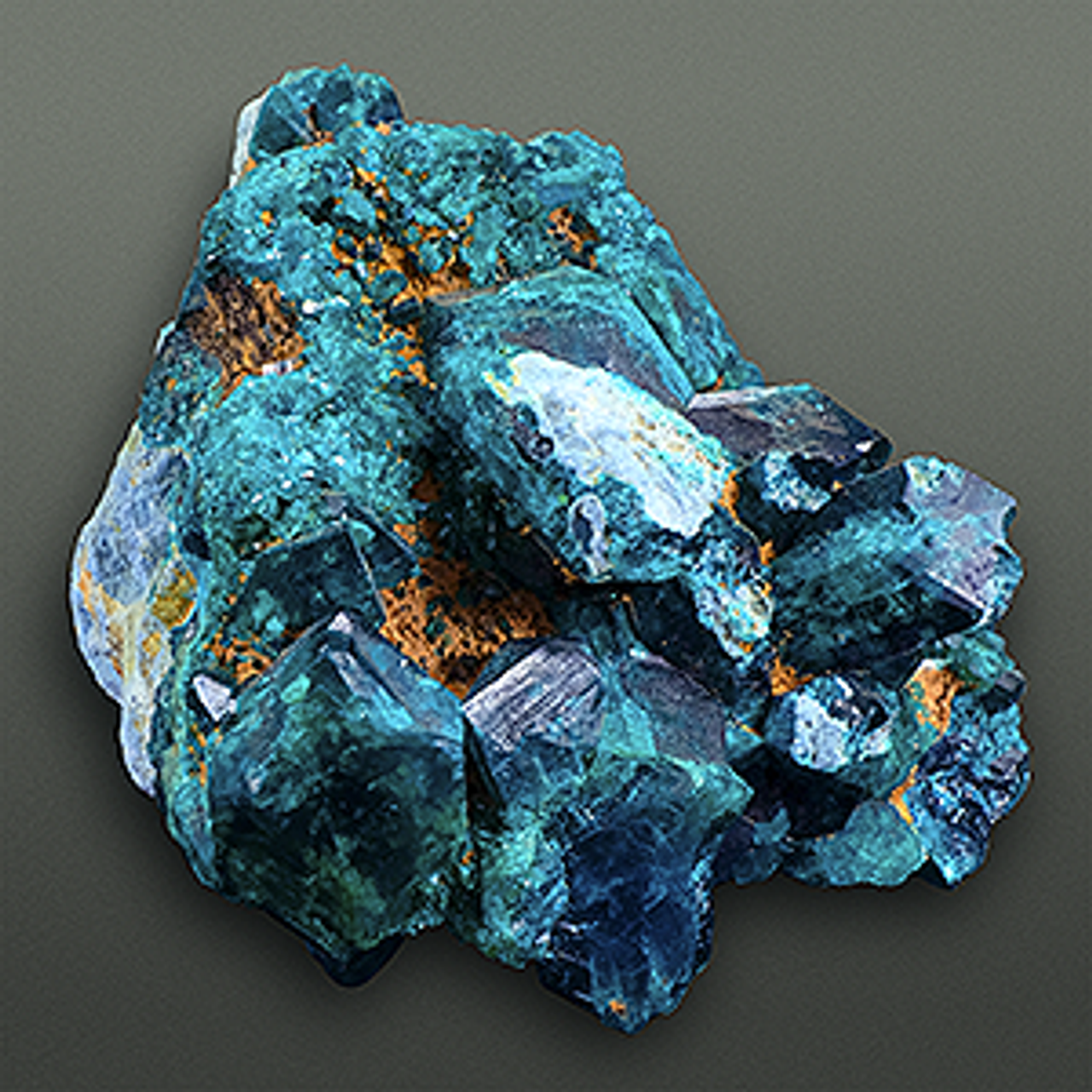Dioptase pigments

Also known by various names such as dioptas, dioptaz, dioptásios, dioptasa, Suidōkō, and Qīng tóng kuàng, this natural pigment requires no additional grinding, making it suitable for icon painting (egg tempera) and watercolor painting.
Dioptase, a rare copper cyclosilicate mineral, exhibits a striking dark emerald-green color. It possesses a transparent to translucent diaphaneity with a glassy luster and shares the hardness of Apatite (5 Mohs' scale). Due to its fragility, handling it as a mineral specimen requires great care. Dioptase's allure extends to mineral collectors and spiritual guides alike. It finds frequent use in iconography and serves as a pigment in various painting mediums. However, its dwindling deposits contribute to its increasing rarity and price. Our mineral is sourced from the Altyn-Tyube field in Kazakhstan.
The process of preparing this pigment commences with the crushing of the mineral in a jaw crusher. Subsequently, the gravel undergoes thorough washing and careful milling in a water bath using a ball mill to prevent over-grinding. Initial milling involves large media, followed by milling with smaller, denser media. The resulting powder is then washed and separated by levigation. Fine powder is meticulously washed multiple times to eliminate any milky solution, resulting in a vibrant, finely textured pigment.
The resulting pigment powder boasts a remarkably vivid color, far surpassing that of Chrysocolla. For a visual comparison, refer to the accompanying image.

